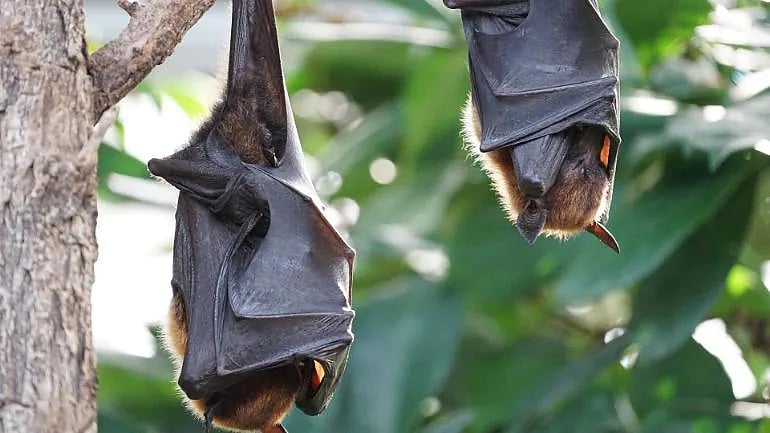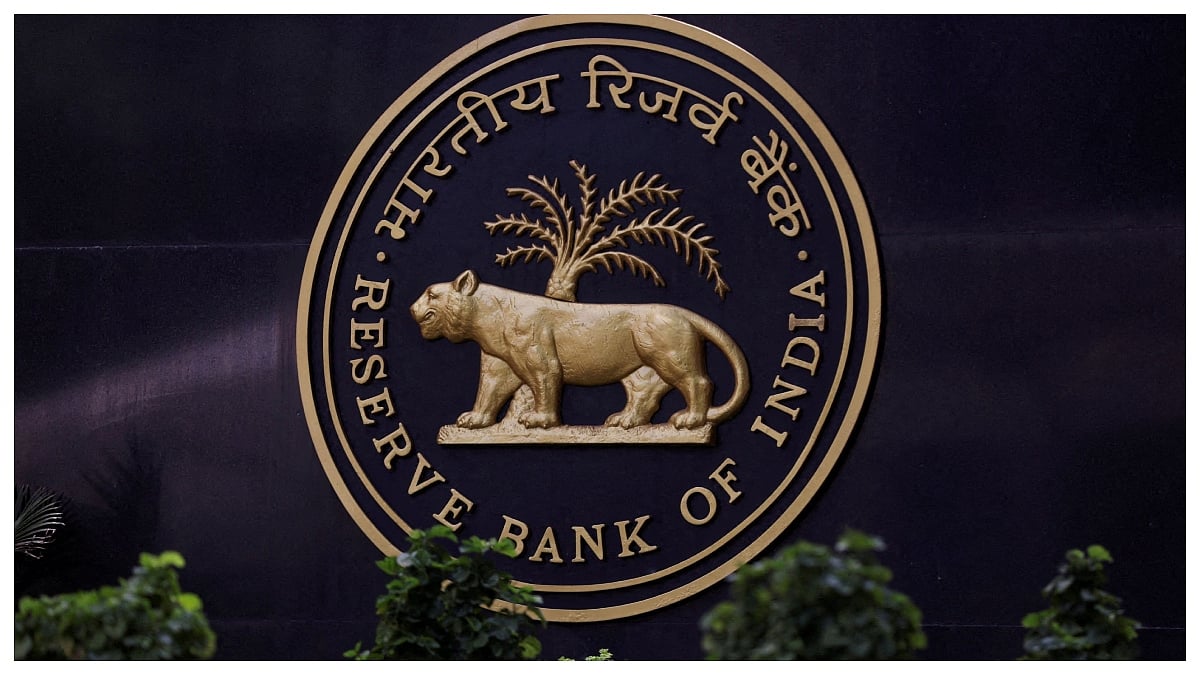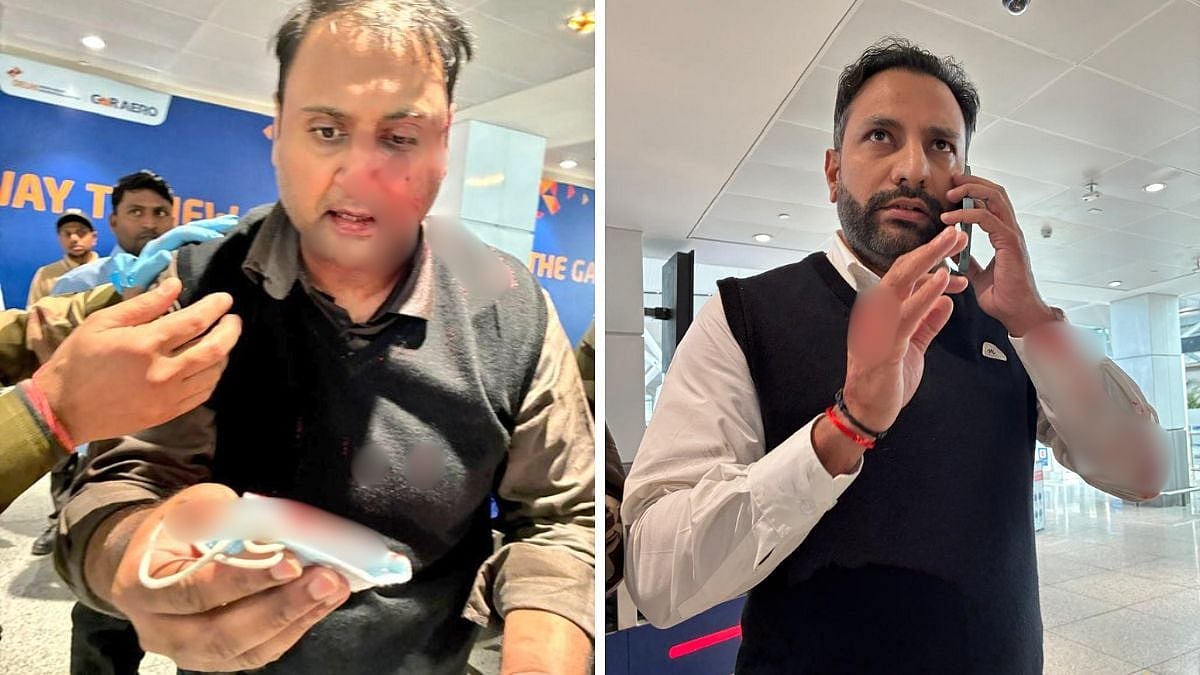A 12-year-old boy died in a private hospital in Kozhikode on Sunday (September 5), after being infected with the Nipah virus.
The boy presented symptoms of encephalitis and myocarditis — inflammation of the brain and heart muscles respectively.
The first Nipah virus outbreak in south India had been reported in Kozhikode district in May 2018, spreading subsequently to Malappuram. Seventeen people died in the 2018 Nipah outbreak. A Nipah case was reported in Ernakulam district in 2019. The first two Nipah outbreaks in India were reported in West Bengal, in 2001 and 2007.
What is Nipah Virus?
Nipah virus (NiV) infection is zoonosis. NiV, a member of the Paramyxoviridae family, is a zoonotic virus, which means it can transfer from animals to people.
NiV was first identified during an outbreak in Kampung Sungai Nipah, Malaysia, in 1998. All subsequent outbreaks have occurred in South Asia (India, Bangladesh, Malaysia and Singapore).
Hosts:
Fruit bats of the family Pteropodidae – particularly species belonging to the Pteropus genus – are the natural hosts for Nipah virus. There is no apparent disease in fruit bats.
It is assumed that the geographic distribution of Henipaviruses overlaps with that of Pteropus category. This hypothesis was reinforced with the evidence of Henipavirus infection in Pteropus bats from Australia, Bangladesh, Cambodia, China, India, Indonesia, Madagascar, Malaysia, Papua New Guinea, Thailand and Timor-Leste.
Infected fruit bats can spread the disease to people or other animals, such as pigs. People can become infected if they have close contact with an infected animal or its body fluids (such as saliva or urine)—this initial spread from an animal to a person is known as a spillover event. Once it spreads to people, person-to-person spread of NiV can also occur.
What are its symptoms?
Human infections range from asymptomatic infection to acute respiratory infection (mild, severe), and fatal encephalitis.
Infected people initially develop symptoms including fever, headaches, myalgia (muscle pain), vomiting and sore throat. This can be followed by dizziness, drowsiness, altered consciousness, and neurological signs that indicate acute encephalitis. Some people can also experience atypical pneumonia and severe respiratory problems, including acute respiratory distress. Encephalitis and seizures occur in severe cases, progressing to coma within 24 to 48 hours.

Symptoms may include one or several of the following:
Fever
Headache
Cough
Sore throat
Difficulty breathing
Vomiting
Disorientation, drowsiness, or confusion
Seizures
Coma
Brain swelling (encephalitis)
Between 40 per cent and 75 per cent of cases can lead to death, according to the World Health Organisation (WHO). However, the fatality rate in the 2018 outbreak in Kozhikode was well over 90 per cent.
How does it spread?
According to WHO, during the first recognized outbreak in Malaysia, which also affected Singapore, most human infections resulted from direct contact with sick pigs or their contaminated tissues. Transmission is thought to have occurred via unprotected exposure to secretions from the pigs, or unprotected contact with the tissue of a sick animal.
In subsequent outbreaks in Bangladesh and India, consumption of fruits or fruit products (such as raw date palm juice) contaminated with urine or saliva from infected fruit bats was the most likely source of infection.
Nipah virus (NiV) can spread to people from:
Direct contact with infected animals, such as bats or pigs, or their body fluids (such as blood, urine or saliva)
Consuming food products that have been contaminated by body fluids of infected animals (such as palm sap or fruit contaminated by an infected bat)
Close contact with a person infected with NiV or their body fluids (including nasal or respiratory droplets, urine, or blood)
Treatment :
There are currently no drugs or vaccines specific for Nipah virus infection although WHO has identified Nipah as a priority disease for the WHO Research and Development Blueprint. Intensive supportive care is recommended to treat severe respiratory and neurologic complications.










